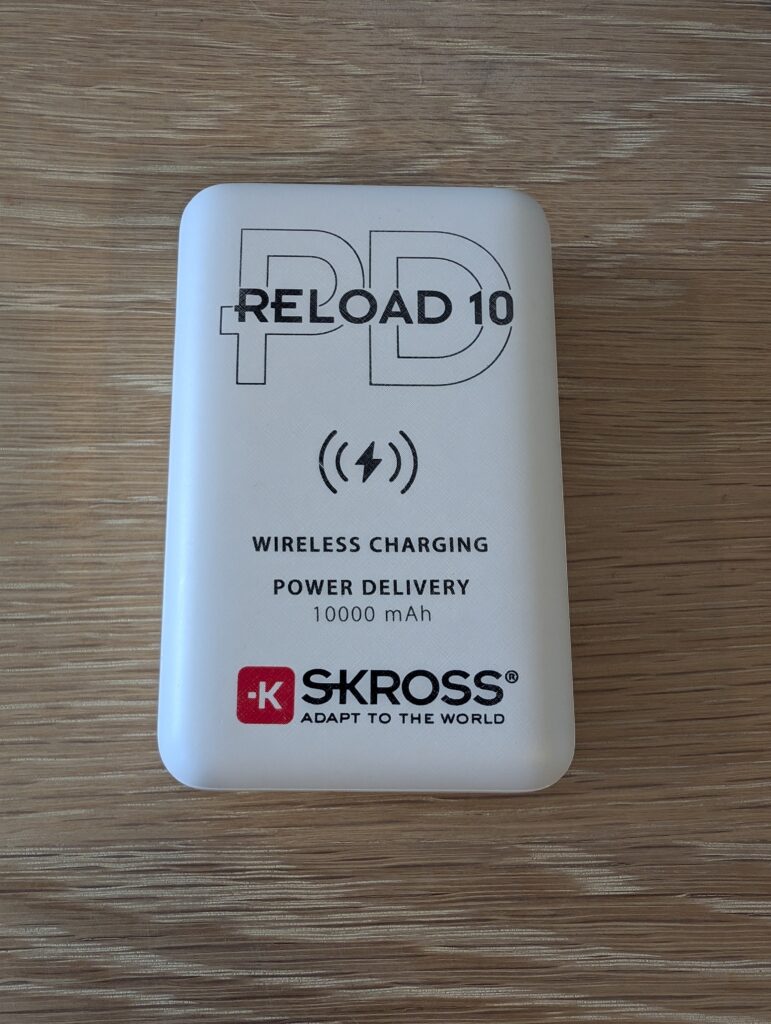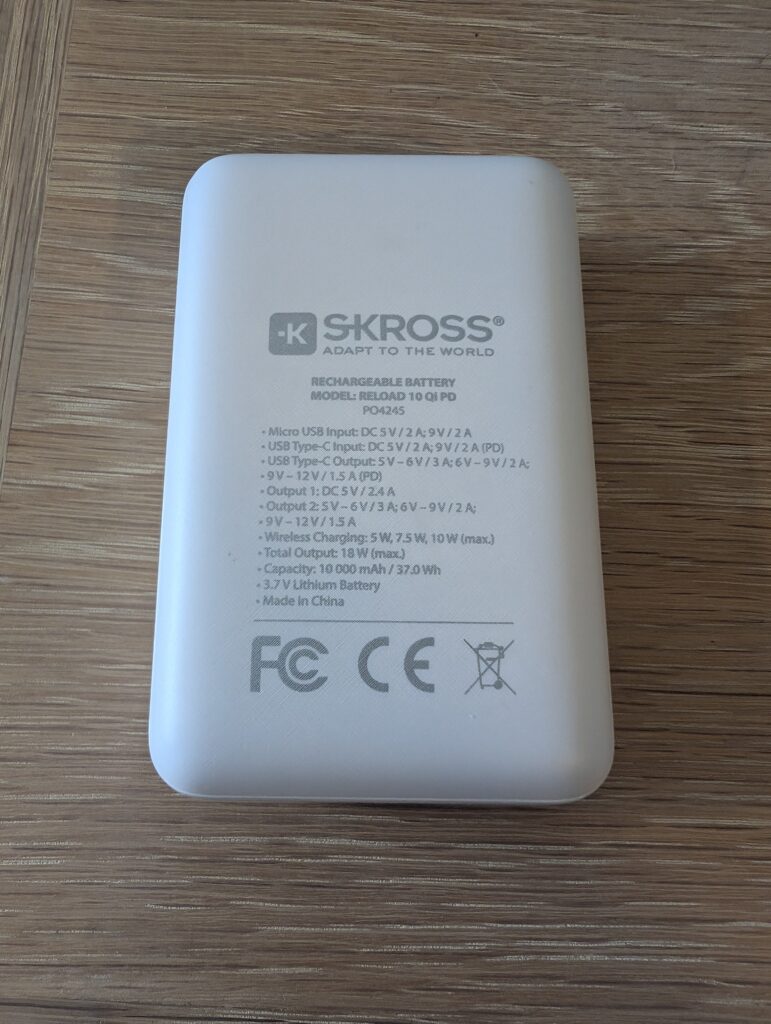can I fly with a power bank? (by Luke, June 2024)
‘Of course I can fly with a power bank – it’s just a battery…right?’
As always things are not quite that black and white.
When we flew back from Thailand the security staff were actively checking power banks. We saw a few of our fellow travellers being made to leave theirs to be disposed of. It didn’t affect us as we had the permitted types, but it could really put a cloud over your holiday, or result in additional costs if you were to have to dispose of a power bank on the way to a destination.
general travel with electronics
You’ll be used to the various updates from your airline mentioning what can and can’t be carried – at the time of booking, when selecting your seats, at online check in, at bag drop etc. There’s usually a separate email sent detailing what to do with electronic items. Depending on the battery type these often need to stay in hand luggage rather than in your hold baggage. Currently in the UK larger electronic items will need to be removed from your bag at security scanning.
can I fly with a power bank?
As a general rule you can, however there are some restrictions to bear in mind.
what are the limits?
The rating limits are detailed on the CAA (Civil Aviation Authority) website – ‘lithium ion batteries must not exceed a watt-hour rating of 100Wh’. Power banks are usually sold with a Milliamp Hours rating so based on a 3.7v power bank the maximum number that you are looking for here is 27,000mAh. My power bank is 10,000mAh (which is enough to charge my phone twice) – well within the limit.


is there anything else I should know?
Also in the CAA guidance is this paragraph – ‘Batteries and cells must be of a type which meets the requirements of each test in the UN Manual of Tests and Criteria, Part III, subsection 38.3. It may be necessary to contact the battery manufacturer prior to travel to confirm they have complied with the requirements.’ In reality managing this is going to involve checking for a ‘CE’ mark on your product.
Conformité Européenne (CE) is a declaration that a product meets various applicable directives. For batteries/power banks these directives include RoHS, LVD, EMC and RED.
Restriction of Hazardous Substances (RoHS) in this instance is a set of EU rules restricting the use of hazardous substances in electrical and electronic equipment.
The Low Voltage Directive (LVD) is designed to ensure that electrical equipment within certain voltage limits provides a high level of protection to the consumer.
The Electromagnetic Compatibility (EMC) Directive ensures that electrical and electronic equipment does not generate, or is not affected by, electromagnetic disturbance.
Radio Equipment Directive (RED) sets essential requirements for safety and health, electromagnetic compatibility, and the efficient use of the radio spectrum.
A CE stamp on your powerbank means that it meets all of the above criteria and is based on a Declaration of Conformity (DoC). A DoC is a legal document issued and signed by the importer or the manufacturer of the product. Having the CE mark means there is a DoC which in turn means the power bank is safe to use.
To ensure your power bank remains safe to use it is important to look after it. Visible damage may mean that it is not allowed on a flight.
summary
Before setting off it is a good idea to check that:
- Your power bank is below the watt hour limit.
- The power rating is clearly (and officially) marked on it. (Needed so that it can be verified that it is within the limit).
- There is no visible damage to the power bank.
- The CE mark is visible (or that you have another way of proving its compliance).
my power bank is over 100Wh/27,000mAh, what can I do?
Get in touch with your airline, or double check the guidance on their website, or in the information updates they provided you with during the booking process.
can I take multiple power banks with me?
In theory yes. Most airlines let you take a number of batteries (each being below the 100Wh limit). It is worth remembering that the total number allowed may well include any laptops, tablets, mobile phones and cameras that you are also travelling with that have lithium ion batteries.
Situations vary and guidance can change so please make sure you check with your airline/s, airport/s and the CAA for their latest advice.
